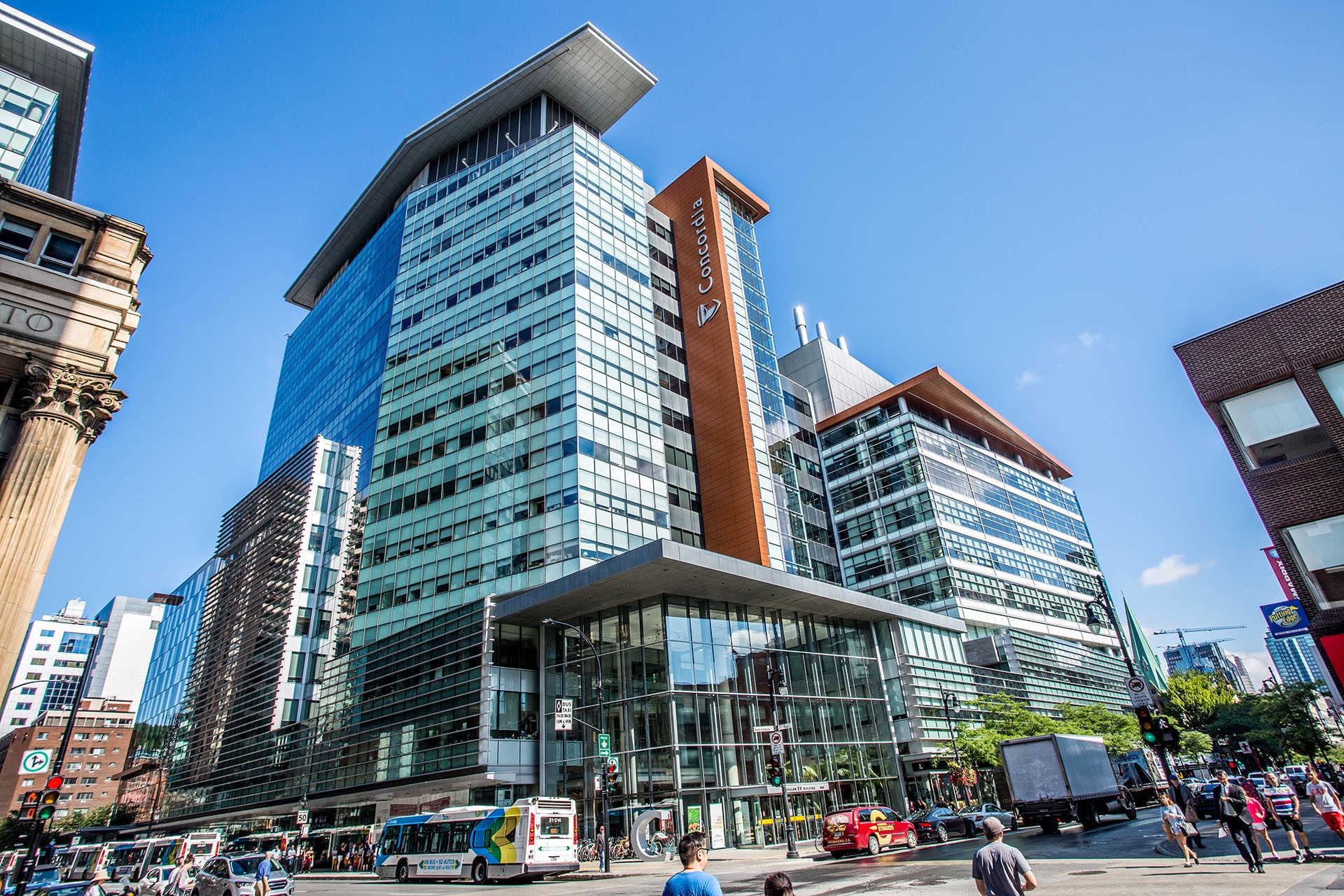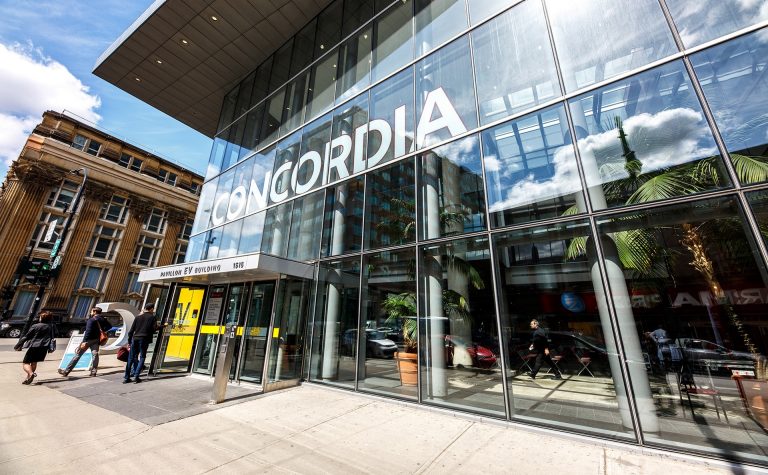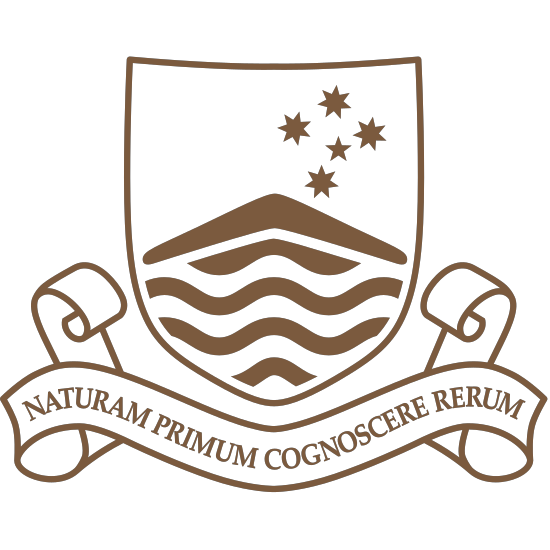Concordia University offers a Master of Arts (MA) program in Art History. This graduate program is designed to provide students with advanced knowledge and research skills in the field of art history, preparing them for careers in academia, museums, galleries, or cultural institutions.
Here is a general overview of what the Art History program at Concordia University might include:
Core Courses: The program typically includes core courses that cover foundational topics in art history. These courses may cover subjects such as art historical methodologies, critical theories in art history, historiography, and research methods in art history. These courses provide students with a solid theoretical and methodological foundation in art history.
Specializations: The program may offer specializations or areas of focus within art history. Students can choose to specialize in specific periods, regions, or themes within art history, such as Renaissance art, contemporary art, Asian art, or feminist art history. Specialization courses allow students to deepen their knowledge and expertise in their chosen area of focus.
Research and Critical Analysis: The program emphasizes research and critical analysis in art history. Students learn advanced research methodologies, engage with primary and secondary sources, and develop analytical and critical thinking skills. They may have opportunities to conduct independent research projects, write research papers, or collaborate on research initiatives with faculty members or other students.
Seminar Courses: The program includes seminar courses where students engage in in-depth discussions and analysis of specific topics or works of art. These seminars provide opportunities for students to explore current research and debates in art history, present their own research findings, and engage in scholarly discourse with their peers and faculty members.
Museum and Gallery Studies: The program may incorporate courses or experiences related to museum and gallery studies. Students learn about the role of museums and galleries in the presentation and interpretation of art, curatorial practices, exhibition design, art conservation, and museum education. They may have opportunities to engage with museums and galleries through internships or collaborative projects.
Art Historical Writing: The program focuses on developing students' skills in art historical writing. Students learn to write scholarly essays, research papers, and art exhibition reviews following the conventions of art historical writing. They refine their ability to articulate and analyze visual artworks, contextualize them within historical and cultural frameworks, and present their research findings effectively.
Professional Development: The program offers professional development opportunities to enhance students' skills and prepare them for careers in art history. These activities may include workshops on academic writing, presentation skills, grant writing, and job market preparation. Students may also have opportunities to present their research at conferences, publish in art history journals, and engage in professional networking.
Thesis or Research Project: The program may require students to complete a thesis or a research project as a culminating component of their studies. The thesis option involves conducting original research in art history and writing a substantial thesis based on the findings. The research project option allows students to engage in a focused research project under the guidance of a faculty supervisor.
Please note that the specific courses, specializations, and requirements within the Art History program may vary. I recommend visiting the official Concordia University website or contacting the university directly for the most accurate and up-to-date information about their Master's program in Art History.
Show less














